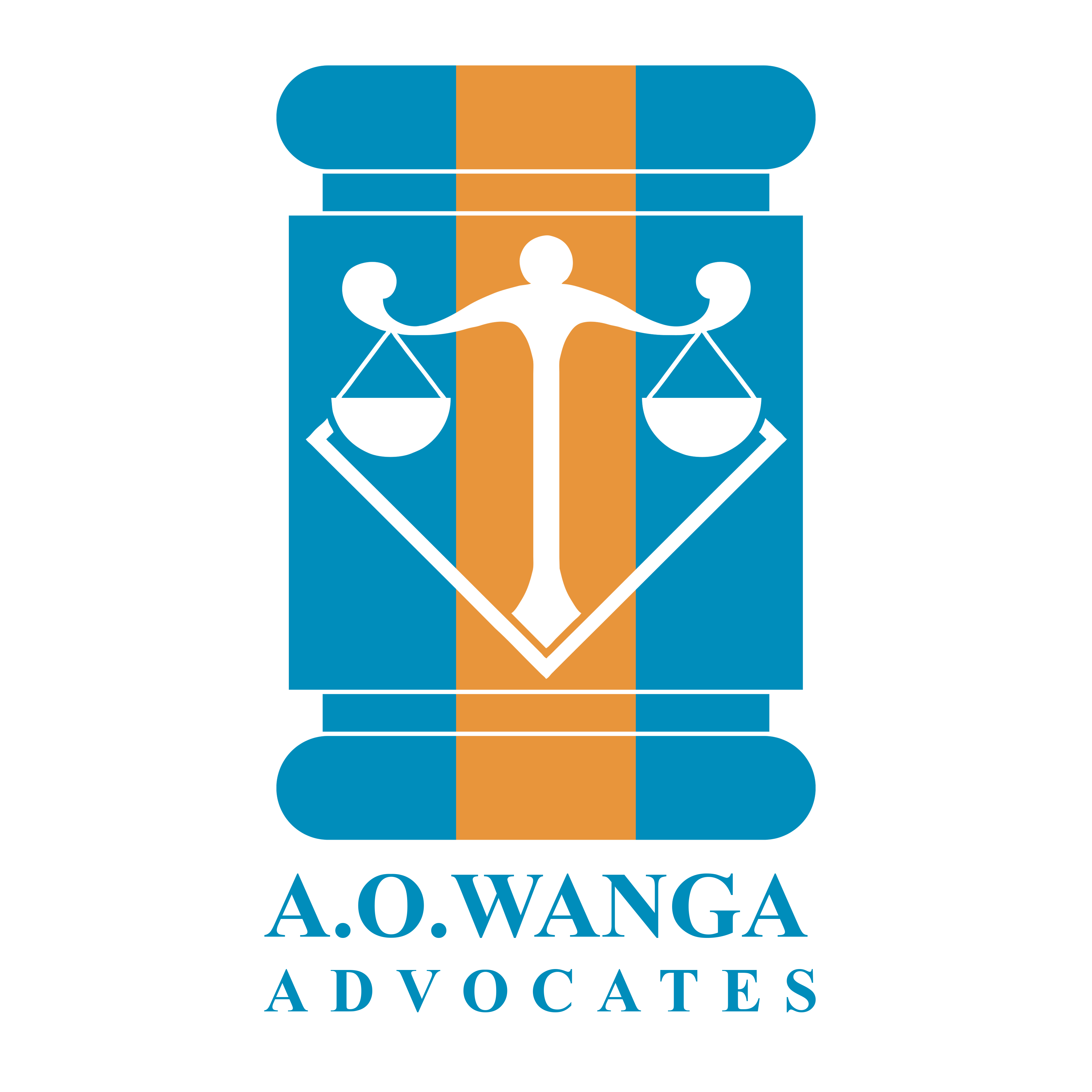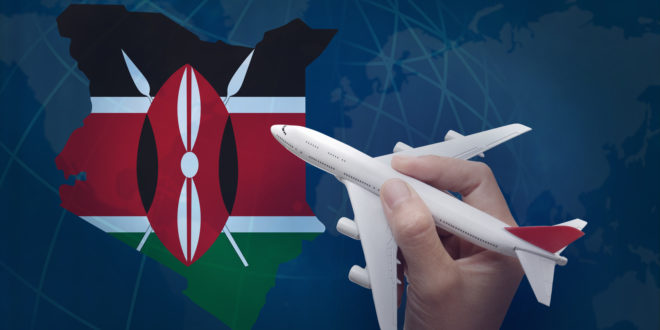AIRCRAFT FINANCING AND LEASING IN KENYA
Kenya’s aviation sector is currently experiencing significant growth, fueled by increasing demand for air travel, cargo services, and enhanced regional connectivity. This expansion has positioned aircraft leasing as a crucial strategic solution for airlines seeking to expand their fleets, optimize operational costs, and maintain flexibility in their operations. For investors and operators looking to engage with this dynamic market, a clear understanding of the legal landscape governing aircraft financing and leasing in Kenya is essential. The Kenya Civil Aviation Authority (KCAA) serves as the principal statutory body responsible for the regulation of the aviation industry in Kenya. Its mandate encompasses a wide array of functions crucial for the safe and orderly development of civil aviation. These functions include licensing air services, regulating air safety, providing air navigation services, and establishing and maintaining a system for aircraft registration and marking, which also covers the registration of rights in aircraft.
Core Financing and Leasing Structures in Kenya
Aircraft Mortgage Finance
Aircraft mortgage finance is a method where a buyer obtains a loan to acquire an aircraft, with the aircraft itself serving as collateral for the loan. In this arrangement, the buyer assumes legal ownership of the aircraft, while the financier holds a registrable security interest over the asset. Beyond the aircraft itself, other income streams, such as receivables generated from the aircraft’s operations, can be used as additional security for the financier. Finance leasing, particularly involving foreign lessors, often becomes a more prevalent and preferred option due to their deep understanding of aircraft and aviation-specific legal frameworks. This suggests that parties exploring mortgage finance in Kenya may find more competitive terms or a more streamlined process when engaging with financiers who possess specialized aviation expertise.
- Aircraft Leases
Kenyan law distinctly recognizes two primary categories of aircraft leases operating leases and finance leases. Each type carries different characteristics regarding duration, risk allocation, and responsibilities. An Operating Lease is typically a short-term arrangement where the rent is primarily related to the value of the aircraft’s use. At the end of the lease term, the aircraft reverts to the lessor. In this structure, the majority of the risks and rewards associated with ownership remain with the lessor. The lessor is generally responsible for ensuring the aircraft’s fitness for purpose, its maintenance, and insurance. Should the aircraft suffer loss or damage, rental payments typically cease, and the lessor receives the insurance proceeds. This type of lease allows the lessor to re-lease the asset multiple times over its lifespan, recovering capital outlay and generating returns.
On the other hand, a Finance Lease is a long-term agreement, often spanning 10 years or more. Under this arrangement, the lessor leases the equipment to the lessee for a period designed to allow the lessor to recoup the aircraft’s acquisition cost, along with a profit. A key characteristic is that the lessee assumes substantially all the risks and rewards of ownership, even though the lessor retains legal title. The lessee is typically responsible for all operating, maintenance, and insurance costs. At the conclusion of the lease, the residual value of the aircraft belongs to the lessee, who may also receive a rebate of rental from any proceeds if the aircraft is sold.
Types of Operational Leases
Beyond the financial distinctions, the Kenya Civil Aviation Authority (KCAA) further categorizes leases based on the allocation of responsibilities for crew, maintenance, and operational control. These operational categories are crucial for defining the scope of an airline’s responsibilities and the regulatory approvals required. A Dry Lease involves the lessor providing only the aircraft, without any crew. The lessee takes on full operational control, including managing maintenance, scheduling crew, and ensuring compliance with all aviation regulations. This arrangement is particularly suitable for airlines that already possess the necessary operational infrastructure and are looking for short-term capacity enhancements.
A Wet Lease, in contrast, involves the lessor supplying the aircraft along with the flight crew, maintenance, and insurance. This type of lease is commonly utilized to address seasonal demand fluctuations or as a solution for emergency replacements. Due to the lessor’s extensive involvement in operations, wet leases require explicit approval from the KCAA, which includes validating crew licenses and maintenance agreements. A Damp Lease represents a hybrid model. Here, the lessor provides the aircraft with the flight crew, but the responsibility for the cabin crew rests with the lessee. An operator can lease a foreign registered aircraft for a maximum period of six consecutive months, renewable only once.
All aircraft leases in Kenya are subject to KCAA approval. Lease agreements must adhere to the regulatory frameworks and include several mandatory clauses to ensure compliance, operational safety, and legal enforceability. This includes responsibilities for flight initiation and termination, crew training and scheduling, maintenance oversight, and ensuring compliance with KCAA’s safety and airworthiness regulations. Maintenance programs for leased aircraft must align with the standards of the aircraft’s State of Registry and also meet KCAA requirements. The agreement must also specify the lease start and end dates, renewal terms, and conditions for early termination. For international leases, confirmation of ICAO Article 83 bis compliance is essential.
For foreign leases, all records must be translated into English for KCAA audits. For international leases, a critical requirement is the existence of an agreement between the KCAA (as the State of the Operator) and the aircraft’s State of Registry under ICAO Article 83 bis. This robust oversight aims to mitigate operational and safety risks that could arise from complex cross-border leasing arrangements, thereby providing a significant layer of confidence for all parties involved, particularly lessors who are concerned about the continuing airworthiness and integrity of their valuable assets. While domestic leases are not fully subject to Article 83 bis, they require similar considerations to ensure continuing airworthiness. Lease agreements must define the roles and responsibilities of each party to prevent situations where unclear operational control could lead to regulatory penalties. Therefore, meticulous drafting of lease agreements and strict adherence to KCAA Advisory Circular CAA-AC-GEN010B are not just good practice but essential for legal compliance and operational continuity.
For more information, please contact us on info@aowangaadvocates.com or +254794600191.
At A.O.WANGA ADVOCATES we are happy to assist you with all matters relating to leasing, financing or licensing of aircrafts in Kenya.
All rights reserved for A.O.WANGA ADVOCATES
www.aowangaadvocates.com

